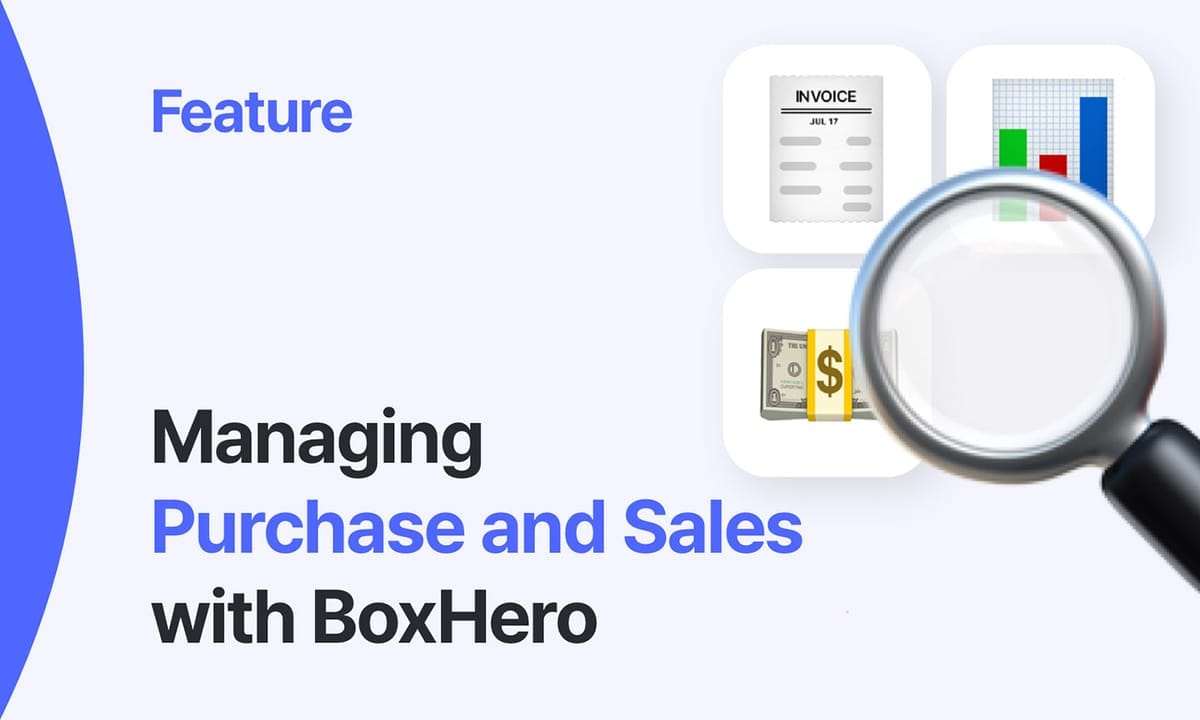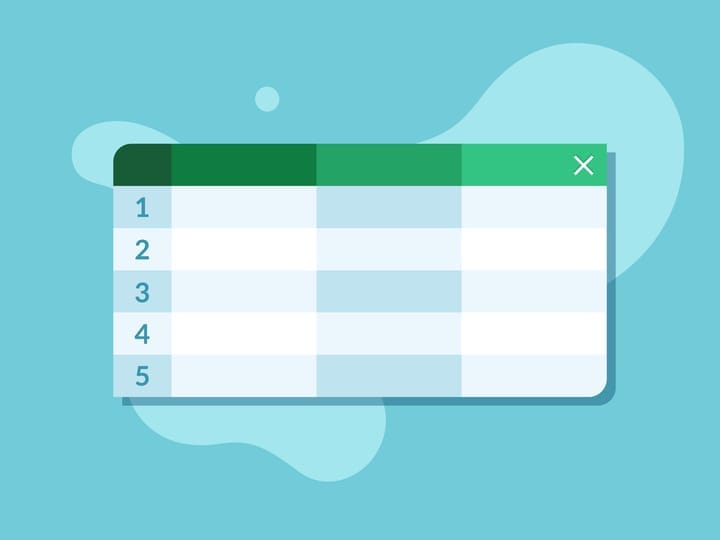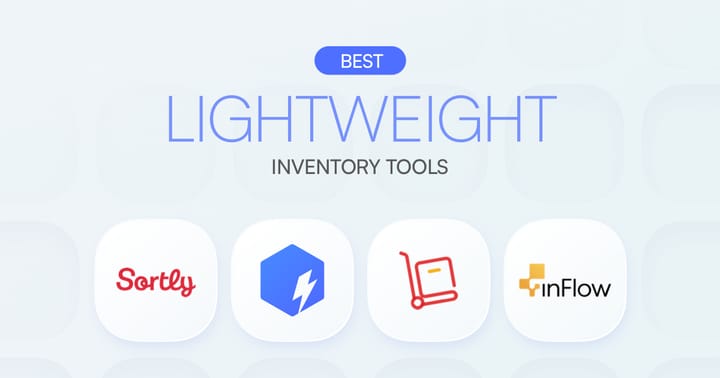Purchase Order vs. Invoice: What’s the Difference and Why Does It Matter?

If you're running a business or managing operations in a growing company, you've probably seen both purchase orders and invoices come across your desk. But unless you work in finance or procurement, it’s easy to get the two confused.
A purchase order is not the same as an invoice. However, the difference between a purchase order and an invoice is more than just who sends it or when.
In this guide, we’ll break down what each document is for, how they fit into the overall purchasing and billing process, and why using both can protect your business. Here’s what you’ll learn:
• How an invoice works and why it matters
• The key differences between purchase orders and invoices
• Why both documents are important in business transactions
• Benefits of using both
What Is a Purchase Order?
A purchase order (PO) is a formal document a buyer sends to a seller to request goods or services. It’s just like a formal shopping list, but with better structure and legal weight.
Businesses use purchase orders to make sure they get exactly what they need, when they need it, and at an agreed price. It also creates a paper trail for both sides.
POs help businesses control spending, prevent unauthorized buying, and maintain clear communication with suppliers. When a supplier receives a PO from a buyer, both sides have a shared reference that guides inventory and accounting.
Key Components of a Purchase Order
A PO usually includes:
- PO number (for tracking and reference)
- Issue date
- Seller and buyer details
- Description of goods or services
- Quantity and unit price
- Delivery address and expected arrival date
- Total amount due
PO-2025-001 or OFFICE-25-001 so you can quickly identify what type of purchase it was and when you made it.Example Use Case
Let’s say a small retail shop needs to restock its best-selling items:
- The store manager creates a purchase order listing X units of the product, the unit price, the delivery address, and the expected arrival date.
- This PO is sent to the supplier.
- Once the supplier accepts it, it becomes a legally binding agreement.
What Is an Invoice?
An invoice is a document a seller sends to a buyer to request payment for goods delivered or services rendered. It usually comes after the work is done or the products are delivered. Simply, an invoice says:
“You received this. Here’s how much you owe. Please pay by this date.”
Invoices are formal requests for payment. They also act as legal proof of a sale, making them useful for accounting, tax preparation, and tracking revenue.
Common Types of Invoices
= Issued by sellers to request payment
Purchase invoice
= What buyers receive (same document as the sales invoice)
Pro forma invoice
= Estimated invoice sent before delivery (not a payment request)
Recurring invoice
= For subscription services or periodic billing
Key Components of an Invoice
- Invoice number (often linked to a PO)
- Issue date
- Seller and buyer details
- Description of goods or services
- Quantity and unit price
- Total amount due
- Payment terms (due date, payment methods, late fees)
- Payment instructions (bank info, online payment links, etc.)
Example Use Case
Let’s take a look at how this process works in a real-world scenario:
- A warehouse receives a shipment of barcode scanners it ordered with a PO.
- After confirming the delivery matches their original purchase order, the supplier sends an invoice listing the quantity of scanners delivered, the agreed price per unit, and payment terms.
- The warehouse’s operations manager reviews the invoice, matches it against the PO and delivery slip, and then processes payment.
Today’s invoice software lets you create, brand, and send invoices in minutes with automatic reminders and tracking all within one system. You can even add taxes and discounts, making life a whole lot easier for small business owners.
Purchase Order vs. Invoice: Key Differences
Now that we’ve defined both documents, let’s look at the key differences between a purchase order and an invoice:
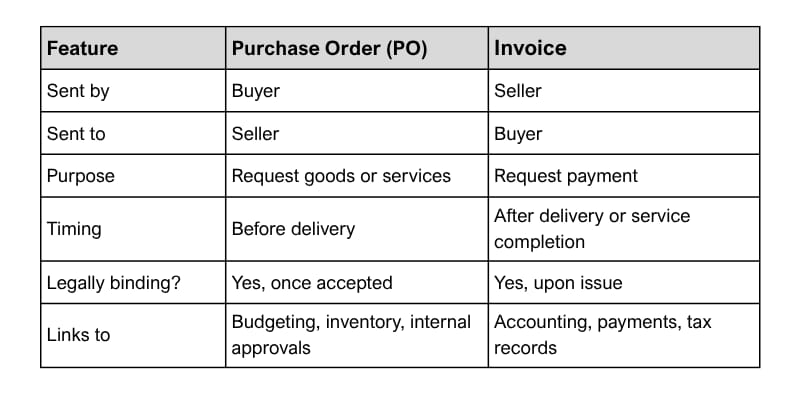
▶︎ Why Both Documents Matter
Using both purchase orders and invoices creates a full, audited trail of business transactions, leading to better budgets, clearer communication, and less risk.
Together, the two documents offer clear advantages:
- Cash Flow Management: POs help forecast outgoing expenses; invoices help track income and manage accounts payable.
- Recordkeeping: Both documents create a traceable history for every transaction.
- Audit Readiness: Come tax season or during audits, having clean documentation can make or break your compliance. Auditors or tax officials often ask for clear documentation. When a PO, delivery receipt, and invoice all align, known as three-way matching, you can demonstrate that the transaction happened as planned.
- Dispute Prevention: Misunderstandings about pricing, quantity, or delivery can happen. When you have both documents, you can easily resolve disagreements.
Here’s a complete procurement process, from start to finish:
- Buyer creates a PO and sends it to the seller.
- Seller reviews and confirms the PO.
- Seller fulfills the order and ships the items.
- Seller issues an invoice for the delivered goods/services.
- Buyer matches the invoice to the PO and delivery receipt (three-way matching).
- Payment is made.
Benefits of Using Both Systems
In any supply chain, especially in warehousing and inventory management, timing and accuracy are everything. Separately, purchase orders and invoices serve important roles. But combined, they give businesses a full-circle view of what’s coming in, what’s going out, and how much is being spent or earned.
For Buyers:
• Simplified approvals: Purchase orders must be approved internally before goods are ordered, reducing unauthorized spending.
• Better tracking and reporting: PO numbers help match orders to invoices and delivery receipts; a documented trail improves reporting and compliance.
For Sellers:
• Smoother fulfillment planning: Knowing exactly what’s been ordered and when helps sellers manage their inventory.
• Fewer billing disputes: With all terms agreed upon upfront, invoices are less likely to be contested.
Using both POs and invoices creates a balanced audit trail. Rather than relying on memory or scattered emails, every step of the purchase and payment process is documented. When backed by technology, the workflow becomes even more seamless.
Common Mistakes to Avoid
Even businesses with experienced teams can encounter issues and make mistakes–and these missteps can snowball into delays and payment errors. Identifying and addressing these weak points early can make a difference in your workflow and financial accuracy.
Here are some common mistakes to watch out for:
- Skipping POs for "small" orders: This can lead to budget overruns and miscommunication.
- Mismatch between PO and invoice: Entering wrong quantities, prices, or descriptions can slow down approvals and payments.
- Using them interchangeably: A purchase order is not an invoice. Treating them as the same can cause legal and accounting issues.
- Poor recordkeeping: Not storing or organizing POs and invoices properly makes audits and reviews a nightmare.
- Manual processes: Entering data by hand increases the chance of human error and delays.
- Late approvals: Waiting too long to approve or match documents can affect cash flow and seller relationships.
Fixing these mistakes is straightforward: switch from paper or spreadsheets to a connected system like BoxHero, maintain strict workflows, and enforce timely approvals.
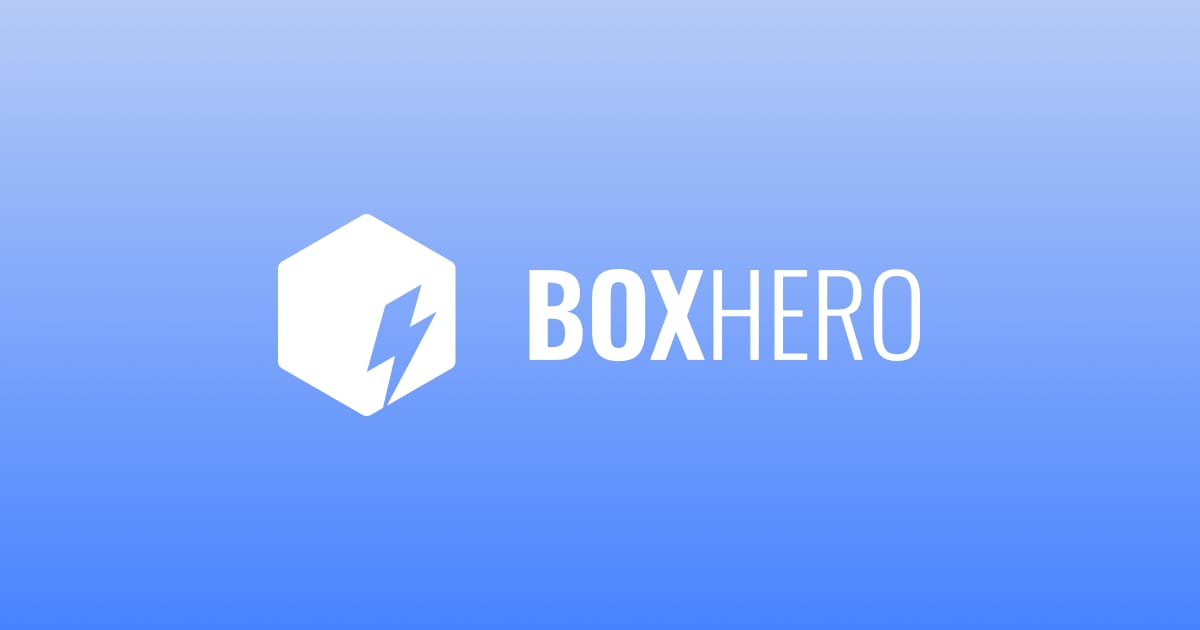
How Technology Simplifies POs and Invoices
▶︎ Automates repetitive purchases and billing tasks
Manually creating and reviewing every purchase order and invoice is time-consuming. With purchase order automation, you can auto-generate documents using predefined templates, autofill key data fields, and send them for approval instantly. This reduces bottlenecks, improves team productivity, and allows your staff to focus on higher-value work.
▶︎ Reduces errors and improves financial accuracy
When staff enter item quantities, prices, and seller details manually, mistakes are bound to happen. Digital platforms with validation systems and dropdown menus minimize mistakes and ensure every entry matches seller agreements and purchase records. This helps you avoid costly discrepancies and payment delays.
BoxHero lets you generate invoices directly from sales order, reducing the chances of errors. You can either email this to customers or print and drop a physical copy on delivery.
▶︎ Provides real-time visibility into transaction status
A centralized dashboard can show you the exact status of every PO and invoice in your pipeline. From what’s been ordered to what’s been delivered and paid, this visibility helps your finance and procurement teams make quicker, data-driven decisions without constantly chasing updates via email.
▶︎ Speeds up approvals and payments
Smart workflows route documents to the right approvers instantly, notify them when action is needed, and even flag overdue items. This means approvals happen faster, invoices get paid on time, and seller relationships stay strong.
▶︎ Syncs accounting and inventory systems
The best tools don’t work in silos. A strong digital system integrates your purchasing, billing, inventory, and accounting platforms. This means every PO and invoice automatically updates stock levels, reflects in financial ledgers, and keeps your records consistent without extra steps or duplicate entries.
What to Look for in an Automated System
Choosing the right automation platform for handling purchase orders and invoices can significantly impact your team’s speed, accuracy, and visibility. Focus on tools that offer features designed to reduce manual work, prevent costly mistakes, and adapt to your workflow.
Here’s what to prioritize when evaluating your options:
▶︎ Customizable Templates
Look for systems that allow you to create and save templates for recurring orders or billing formats. Customizable templates reduce repetitive data entry, maintain consistency, and speed up the process for both your team and sellers.
▶︎ Built-In Approval Workflows
A strong system should let you set up automatic approval workflows. This ensures that purchase orders or invoices don’t move forward without the right internal sign-offs, reducing errors, delays, and unauthorized spending.
▶︎ Real-Time Tracking
Choose software that offers live updates on purchase order approvals, fulfillment status, inventory levels, and invoice payments. Real-time tracking eliminates guesswork and keeps everyone in sync, from warehouse staff to finance.
BoxHero allows you to track your orders in real-time with the following status:
- Draft
- In Transit
- Partial
- Received/Delivered
▶︎ Integrations
The best tools sync effortlessly with your existing accounting or ERP systems. This avoids double entry, speeds up reconciliation, and ensures your purchasing and payment data flows directly into your financial reports. Check if the system offers API or built-in integrations with tools like QuickBooks, NetSuite, or SAP, so your data stays accurate and up to date.
▶︎ Mobile-Friendly & Remote Access
Ensure the platform works well on mobile devices. Mobile compatibility allows team members to review, approve, or create documents on the go, whether they’re at the warehouse, in a meeting, or working remotely.
Bringing It All Together
So, purchase orders ≠ invoices.
One confirms the order. One requests payment.
• An invoice is how the seller asks to be paid.
Using both gives you a full financial and legal trail, from request to delivery to payment.
- For sellers, invoices provide clear claims for payment.
- For buyers, POs help control costs and confirm orders.
- Together, they support clear transactions, better bookkeeping, and stronger supplier relationships.
If your team isn’t using a smart system to manage both documents, it might be time to start. Tools like BoxHero help you create, track, and manage POs and invoices in one place–so you spend less time on paperwork and more time growing your business.
RELATED POSTS

